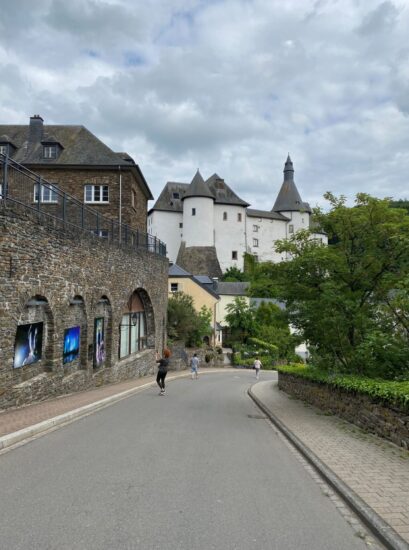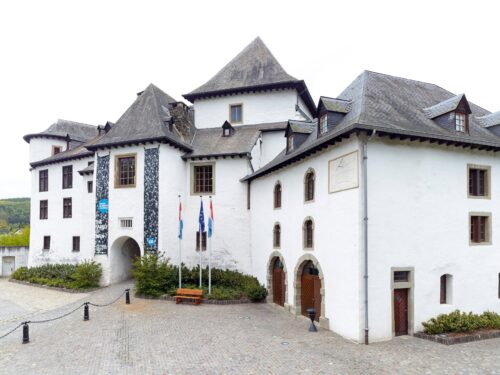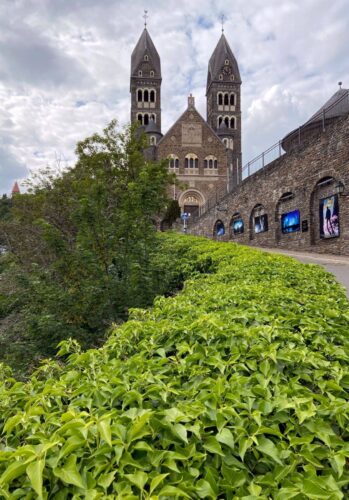Pay a visit to Vianden or Clervaux
Pay a visit to Vianden or Clervaux. Part of the Ardennes region more specifically its eastern side, just 24 minutes drive from Luxembourg City is another historic gem of a town, the picturesque town of Vianden, capital of the Canton of Vianden, part of the district of Diekirch. This small town of about 1800 inhabitants is located on both banks of the Our River, near the border between Luxembourg and Germany, in the center of a magnificent landscape of lush flora & wide forests. The seat of the Counts of Vianden who produced the dynasty of Orange-Nassau back in the 9th century.
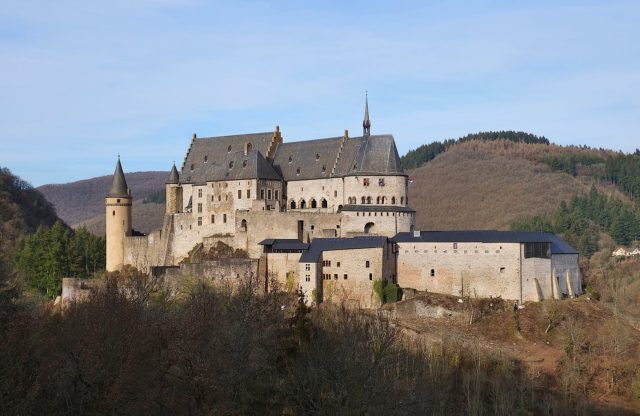
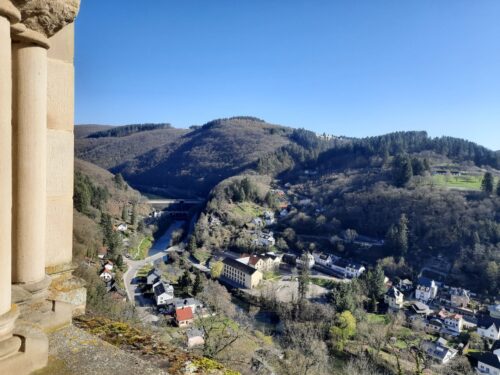
The Romanesque-style castle of the town was one of the largest fortified castles west of the Rhine and was built between the 11th to 14th centuries on a rocky promontory 310 meters high on the site of an ancient Roman castellum. Today it is fully restored and open to visitors throughout the year until 4 pm every day.
Besides its castle, the town of Vianden has a number of historic monuments such as the Church of St.Nicholas built in the 13th century, the towered castle houses built for the nobility including the City Hall (1579), the Church of the Trinitarians (1248) built in the Gothic style by Count Henry I, in thanks to the Trinitarians, who arranged for the release of his father, Count Frederic II.
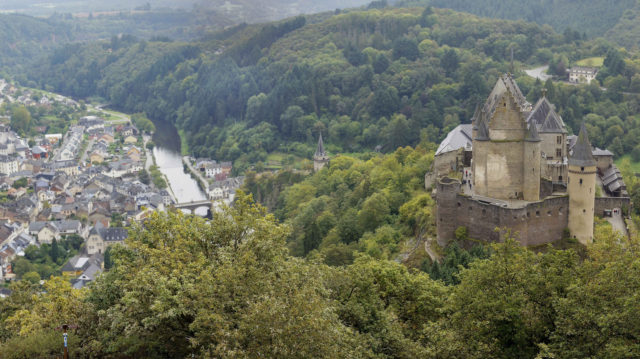
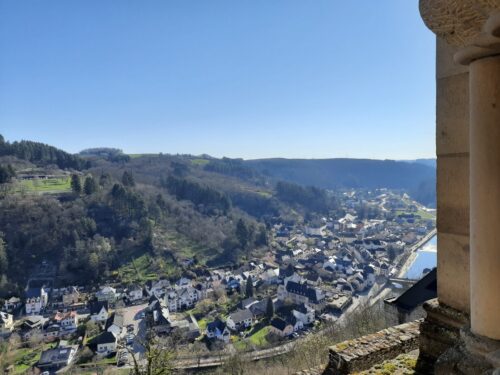
Then there are also links with Victor Hugo who spent a period in Vianden in 1871 during his exile. His sketches and letters can be seen today in the museum located in the house where he stayed next to the bridge over the Our. There is also a museum of arts and crafts, the Musée d’Art rustique, and a doll and toy museum, the Musée de la Poupée et du Jouet.
A large network of walking paths, perfectly maintained and signposted, offer access to the unspoiled countryside of the Our Valley. The chairlift climbs to a height of 450 meters and offers tourists a wonderful excursion with splendid views. Close to Vianden, the Our dam and the hydroelectric power station are worth a visit. More
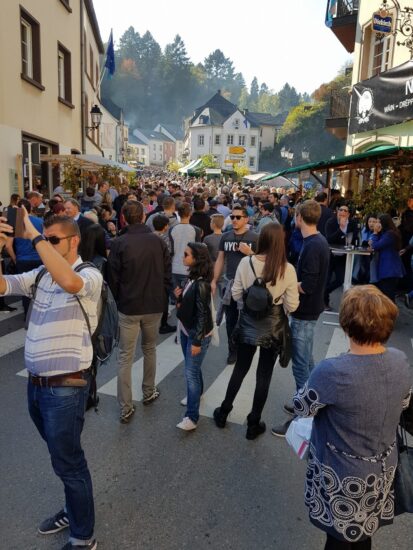
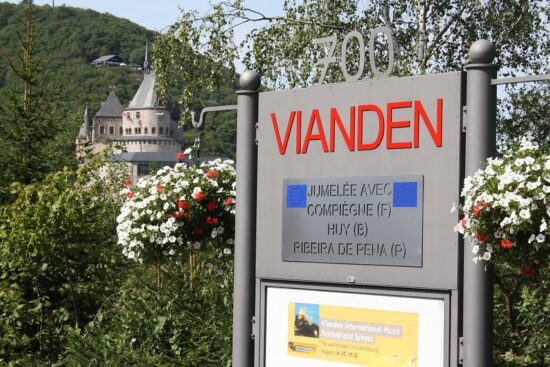

Thirty minutes north of Vianden we find another castled town worth visiting. Clervaux is located in the heart of the Natural Park of the Our with wild landscapes surrounding this quite picturesque town of about 1000 inhabitants that has its 12th-century castle standing on a rocky spur 365 meters above it, as its crown.
The origins of the castle are lost in the mists of time. Some historians believe it was erected in the place of a former Roman fort, while others believe it was built on a previous Celtic fort. The oldest parts of today’s edifice are from the 12th century and were built by Gerard, Count of Sponheim, a brother of the Count of Vianden.
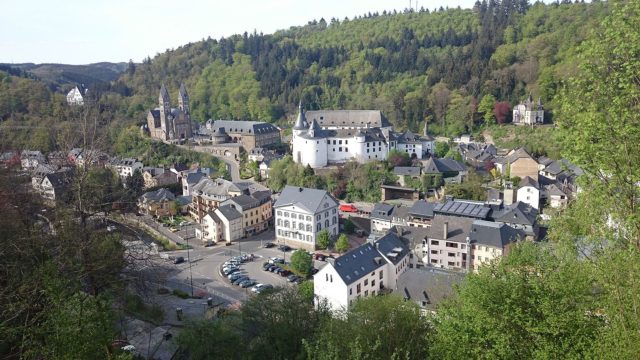
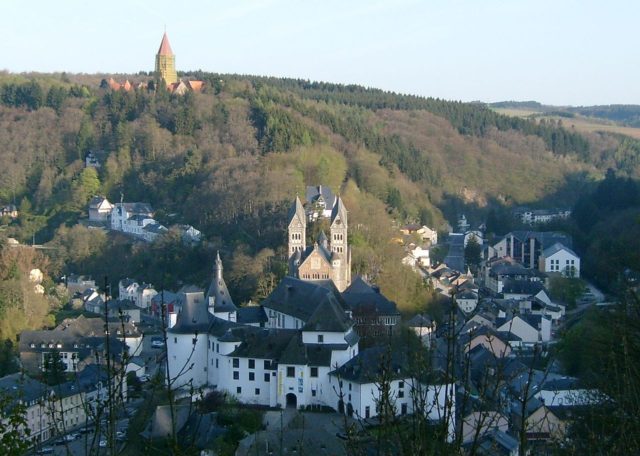
The large palace and the rounded towers are probably from around 1400 when the prosperous Lords of Brandenbourg lived here. Over the years, like other castles in Luxembourg, Clervaux fell into disrepair although it was partly restored and used as a hotel before it was finally destroyed in the Second World War during the Battle of Clervaux (December 1944), part of the Battle of the Bulge.
After being fully restored after the war, the castle is now used partly as a museum and partly for housing the local administration. The south wing houses an exhibition of models of Luxembourg’s castles, the old kitchen in the Brandenbourg House is a museum devoted to the Battle of the Ardennes while the upper floor house display photographs by Edward Steichen in an exhibition dedicated to The Family of Man. The remaining rooms are used for the services of the local administration.A walk through the castle’s gardens or around the city’s numerous hiking trails will compensate you for any time you spent on the road. More
